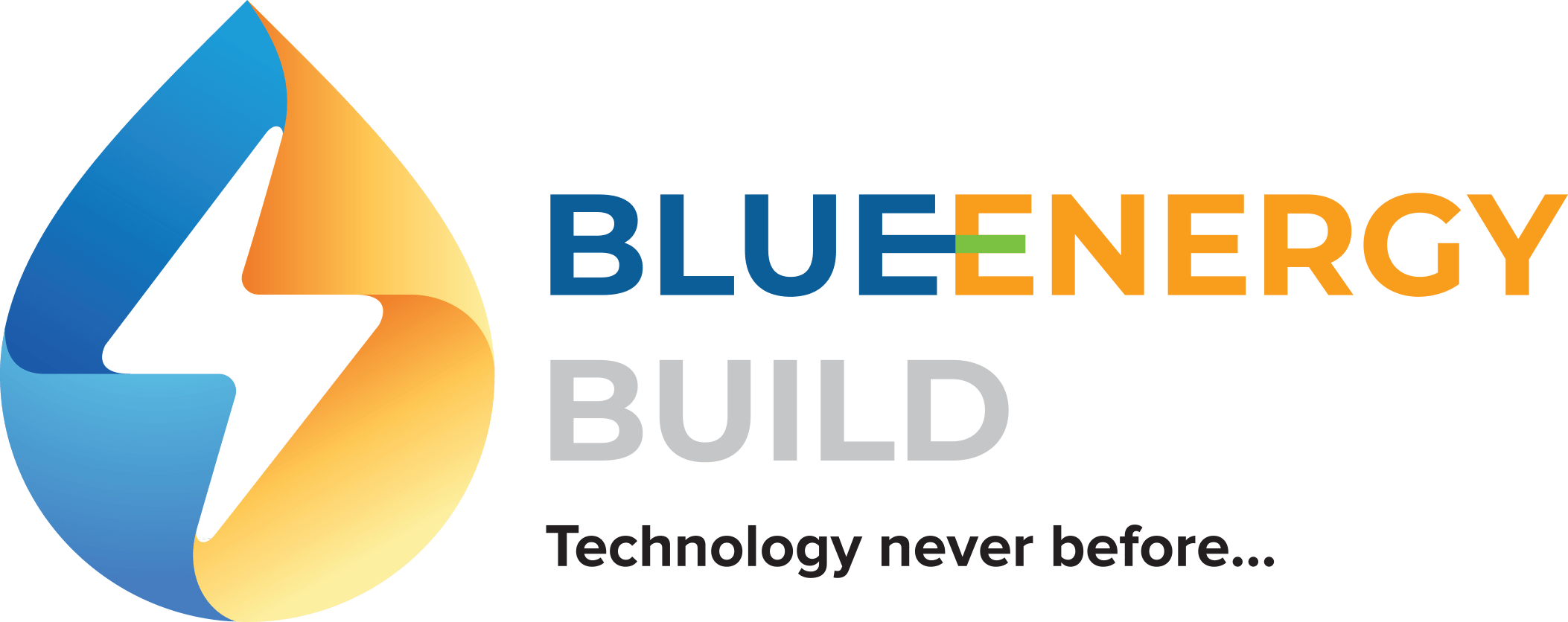geotechnical investigation
Geotechnical Surveys
Our geophysical and geological methods provide valuable information for soil stability analysis and infrastructure planning.
BEBPL (BlueEnergy Build Services Pvt. Ltd.) employs a range of geotechnical investigation methods to assess soil, rock, and subsurface conditions, providing valuable insights for diverse projects and industries. Here is an overview of the geotechnical investigation methods used by BEBPL:
BEBPL’s Geotechnical Investigation Methods
Borehole Drilling:
Specialized equipment is used in borehole drilling to create holes in the ground, allowing for the collection of soil and rock samples from various depths. These samples are essential for understanding soil composition and properties.
Standard Penetration Test (SPT):
The SPT, a widely recognized in-situ test, measures the relative density of granular soils by driving a split-spoon sampler into the ground and recording the number of blows required for penetration.
Cone Penetration Test (CPT):
CPT is an in-situ testing method. It measures soil resistance. This method provides data on soil properties and stratigraphy. It involves pushing a cone-shaped probe into the ground at a constant rate.
Soil Sampling and Laboratory Testing:
Soil samples are collected through drilling and excavations, meticulously analyzed in our geotechnical laboratories to determine their physical and chemical properties. This aids in material selection and design validation.
Geophysical Surveys:
Advanced geophysical methods, such as ground-penetrating radar (GPR) and seismic surveys, assess subsurface conditions without the need for drilling, providing insights into soil and rock layers, voids, and groundwater.
Plate Load Test:
Plate load tests determine soil bearing capacity and its ability to support structures by applying known loads to a plate on the ground’s surface.
Pressuremeter Test:
Pressuremeter tests assess the compressibility and shear strength of soil by inserting a probe into the ground and applying pressure to measure the soil’s response.
Vane Shear Test:
Vane shear tests determine the shear strength of cohesive soils by rotating a vane in the ground to measure soil resistance to shearing.
Percussion Drilling:
Percussion drilling involves a heavy hammer driving a drill bit into the ground to collect disturbed soil samples.
Shelby Tube Sampling:
Shelby tubes are employed to collect relatively undisturbed soil samples, crucial for studying soil structure and properties.
Seismic Refraction Test:
Seismic refraction tests use seismic waves to determine the depth and velocity of subsurface layers, valuable for assessing bedrock depth and identifying voids.
Cross-Hole Sonic Logging:
Cross-hole sonic logging measures the quality and integrity of drilled boreholes, particularly in rock or concrete structures.
Trenching:
Trenching involves digging trenches to expose subsurface materials, providing insights into soil and rock characteristics at shallow depths.
Coring:
Core drilling is used to extract cylindrical samples of rock or soil, particularly valuable for studying rock properties and stratigraphy.
Geotechnical Instrumentation:
Geotechnical instruments like inclinometers and piezometers installed in boreholes monitor ground movement, water pressure, and other parameters over time.
BEBPL customizes geotechnical surveys methods for each project’s specific requirements, ensuring a comprehensive understanding of subsurface conditions. These tailored approaches are crucial for safely and efficiently planning and executing projects across various industries and sectors.

